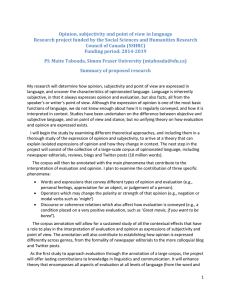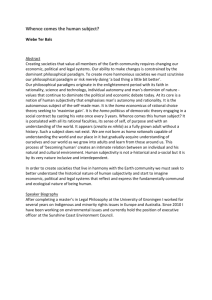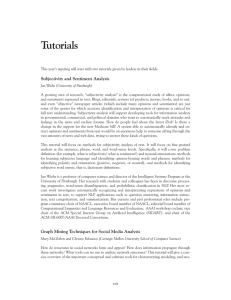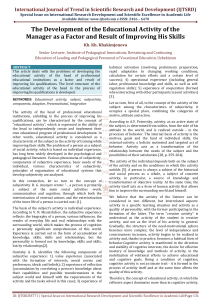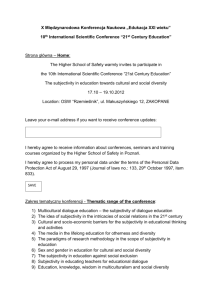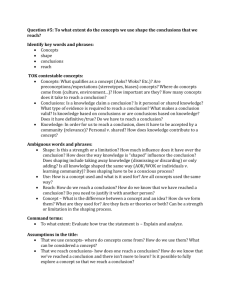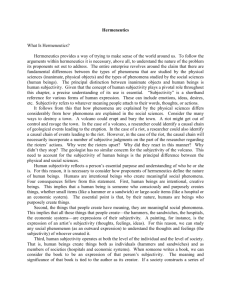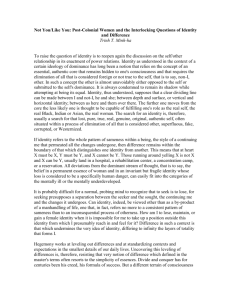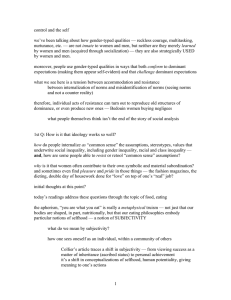Approaching the ARTS (1) The roles of diversity and of subjectivity
advertisement
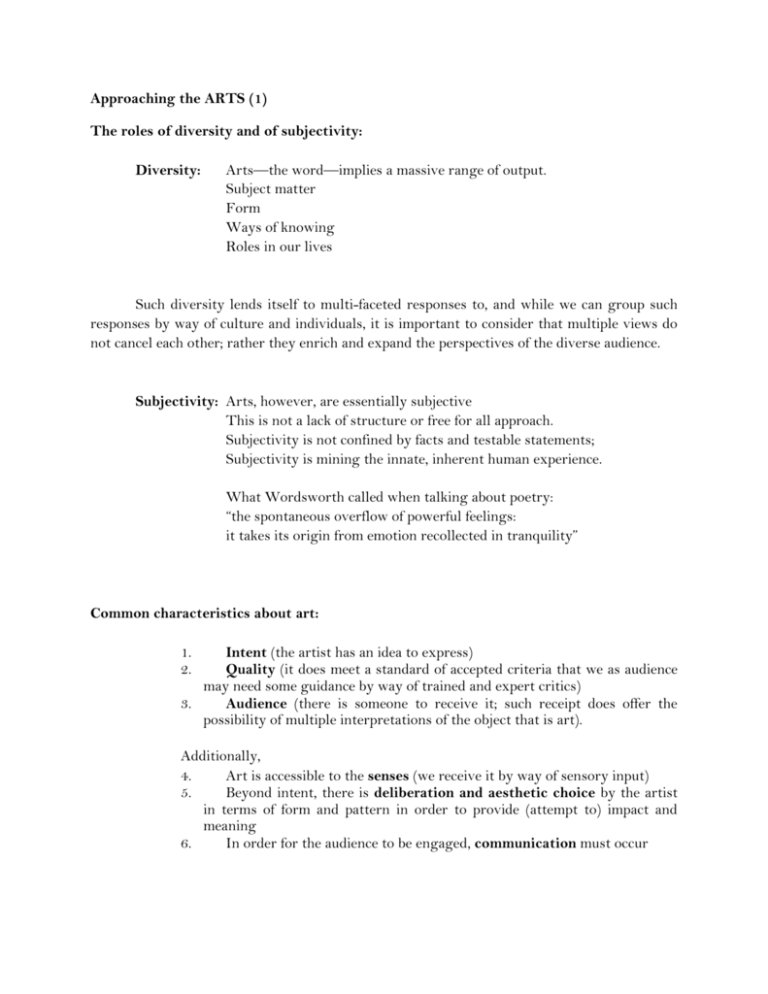
Approaching the ARTS (1) The roles of diversity and of subjectivity: Diversity: Arts—the word—implies a massive range of output. Subject matter Form Ways of knowing Roles in our lives Such diversity lends itself to multi-faceted responses to, and while we can group such responses by way of culture and individuals, it is important to consider that multiple views do not cancel each other; rather they enrich and expand the perspectives of the diverse audience. Subjectivity: Arts, however, are essentially subjective This is not a lack of structure or free for all approach. Subjectivity is not confined by facts and testable statements; Subjectivity is mining the innate, inherent human experience. What Wordsworth called when talking about poetry: “the spontaneous overflow of powerful feelings: it takes its origin from emotion recollected in tranquility” Common characteristics about art: 1. 2. Intent (the artist has an idea to express) Quality (it does meet a standard of accepted criteria that we as audience may need some guidance by way of trained and expert critics) 3. Audience (there is someone to receive it; such receipt does offer the possibility of multiple interpretations of the object that is art). Additionally, 4. Art is accessible to the senses (we receive it by way of sensory input) 5. Beyond intent, there is deliberation and aesthetic choice by the artist in terms of form and pattern in order to provide (attempt to) impact and meaning 6. In order for the audience to be engaged, communication must occur Methodology of the Arts: Somewhat akin to the sciences, consider the approach to arts by way of general to particular (deductive) and specific to general (inductive0. Also akin to science, art offers the avenue of fresh ideas, experimentation, development upon the ideas of others, creativity and problem solving. Unlike science a field in which the individual works to contribute to the larger, public (quasi anonymous) domain, arts enable the individual’s work to be considered individually. Therefore, identity can be considered to be more pronounced in the arts. Furthermore, comparison is also an element of our engagement with the arts. We can generalize and cross fields within the realm of art, and what generalizations provide is broad rules and patterns to give us (as audience) a broader understanding of the specific work at hand. ie. lyric poems… Within literature, for example, writers often explore general themes and societal norms by way of specific characters or actions. Osiris-Jesus-Bilbo-Luke Skywalker-Simba-Harry Potter-??? Such archetypes and motifs can represent the general and one can wonder why the bother; however, there IS value in literature; expanse into worlds we cannot traverse otherwise; escape into the imaginative; affirmation that what we feel we do not feel alone. As well, there is the role and influence of the past (standards, traditions) that bear influence upon the present (innovative, new). The latter cannot exist without the former. It is present in mimesis; it is influential in opposition. Unlike science, progress is not a measure/standard for the arts. There is no desire for ‘improvement’, no set goal to say something has been achieved,
